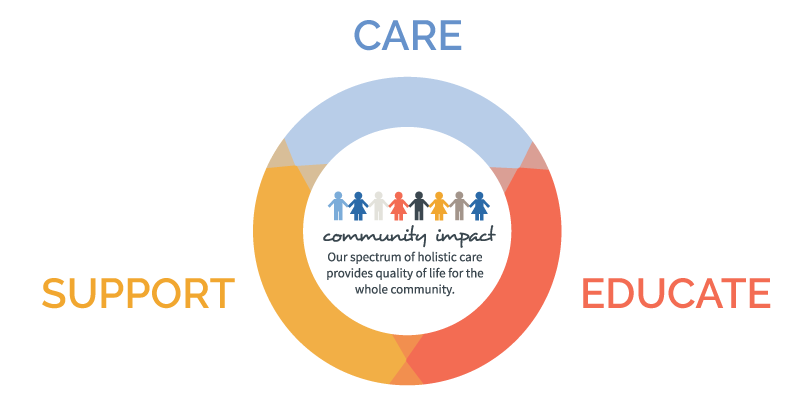
These are the things you should know about assisted living in Wisconsin if you or someone you love is thinking of it. It is important to know the cost of assisted living in Wisconsin. You should also learn about Medicaid waivers, the minimum number of beds in a facility, and regulation of assisted living facilities.
Cost of assisted-living in Wisconsin
Costs for assisted living in Wisconsin vary depending on where you live and what your needs are. It can run anywhere from $1460 a month to more than $41,000 a year. Prices may rise depending on whether the resident suffers from Alzheimer's or dementia. However, assisted living in Wisconsin costs less than the national average.
Medicaid doesn't cover assisted housing in Wisconsin. However, there are nonMedicaid assistance programs. These are available through your local ADRC. Life insurance policies can provide long-term benefits. These policies can be used to pay for certain expenses related to assisted living, such as transport and health care. Additionally, retirement funds and real property can be used to help with assisted-living costs.

Medicaid waivers
If you are in need of assisted living services and don't have the financial means to pay for a full-service facility, Medicaid waivers for assisted living in Wisconsin can help you. There are several programs that you can choose from, such as the Community Options Program II. Each program comes with its own eligibility requirements and benefits. These programs offer both home care and non-care assistance to elderly people.
State waivers allow them to explore alternative payment and delivery methods. States have used Medicaid funds from Section 1115 waivers to purchase premiums for exchange coverage, expand managed care, and restructure service delivery systems.
The minimum number of beds that can be accommodated in an accommodation
It is important that you meet all state requirements before you open an assisted living center. These requirements may vary depending on the facility. Wisconsin law requires facilities to comply with city and state building codes as well as zoning laws. One of the most important factors to consider is the number of beds.
A number of factors influence the minimum number beds that can be placed in an assisted living facility. This includes the size, structure, number of staff, as well as the type of occupancy. The facility must adhere to certain construction standards, depending on the size and occupancy. One toilet must be available for each 10 residents in a nursing home.

Regulations for assisted-living facilities
You should be familiar with the Wisconsin regulations regarding assisted living facilities if you are considering putting your loved one into an assisted living facility. The regulations cover a range of topics, from the level of care needed to what the residents should expect from their environment. You can find the County-by-County Directory of Wisconsin Residential Care Providers at DHS if you aren't sure which regulations apply to your facility. This directory also provides information about the compliance history of each facility.
The regulations for assisted-living facilities in Wisconsin are varied. Some facilities will require an initial assessment, as well as a detailed care plan. Other facilities might have requirements regarding the maximum number residents a room can hold, such a minimum size. Other facilities might have rules regarding privacy and restrict who can live in a given room.